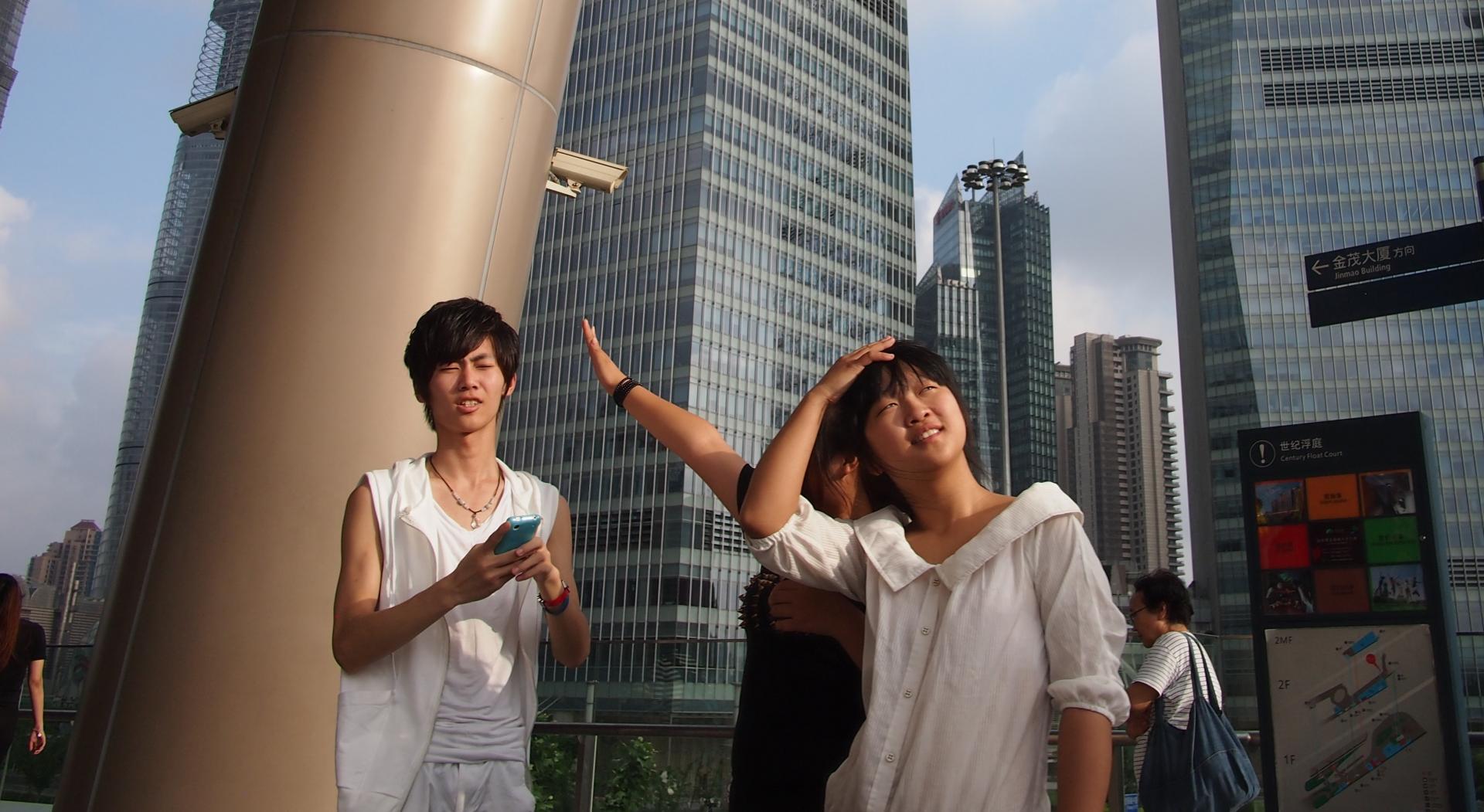According to the American professor Amitav Acharya, our global world increasingly resembles a multiplex movie theatre which is running very different movies – but all at the same time. We are watching a non-stop screening of films by different directors, in different genres, following different rules of drama and different scripts. But the essential thing is this: the movies are screened in a digital global time, shared by everyone.
Acharya describes the current world order as “messy multilateralism”. It is made messy by the declining US hegemony, the drop in Europe’s relative importance, the relative impoverishment of Europe and the rise of China and Asia. In twelve years’ time, in 2025, half the global economy will be located in Asia.
The current situation is the result of a long chain of events: the combined real size of the Chinese and Indian economy has grown six times larger in 20 years. The Asian middle class today amounts to half a billion people. This number is expected to reach 1.7 billion by 2020 and three billion by 2030. By then, six in ten members of the world’s middle class with spending power will live and work in the Asian consumption culture.
Finland is currently watching the Asian hit movie on one of the multiplex’s small screens. In late July, the Finnish daily newspaper Helsingin Sanomat (Finnish only) reported that the success of Finnish companies largely depends on their Asian operations. According to stockbroker Jukka Oksaharju, the stronger a Finnish company’s presence in the Asian or other emerging markets the better its overall performance.
In his recent article, Michael Spence, Nobel laureate in Economics, suggests that the global economy’s development will be dictated by the changing US financial policy and China’s coming financial reforms. The US is regaining its healthy three per cent growth without the help of the Federal Reserve. China seeks to redirect its economy from massive public investment towards consumption, and to liberate its banking and finance sector.
With the potential exception of Germany, Europe can only wait and see to what extent the US and China suceed. And whether they will pull Europe along.
As today’s global development is hyperfast, Finland should be extremely vigilant, orienting itself on the global map towards Asia. Opportunities are being presented to us by Asia’s challenges, which are immense and still await solution: sufficient energy supply, clean water, climate change, possible collapse of major regional ecosystems, the availability and efficient use of raw material, sustainable growth.
Over the next six to twelve months, Chinese, Japanese and Korean eyes will be on Europe in the search for new openings, looking for opportunities in industry and investment, as well as cooperation. In other words, we would do well to look east.




Recommended